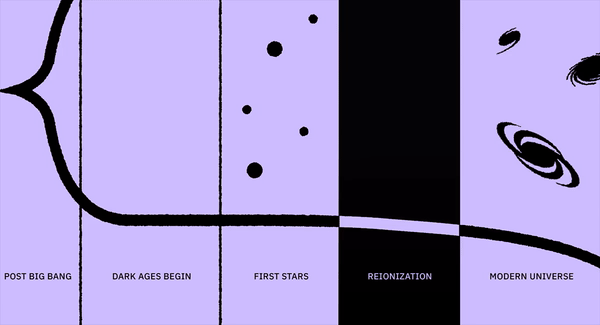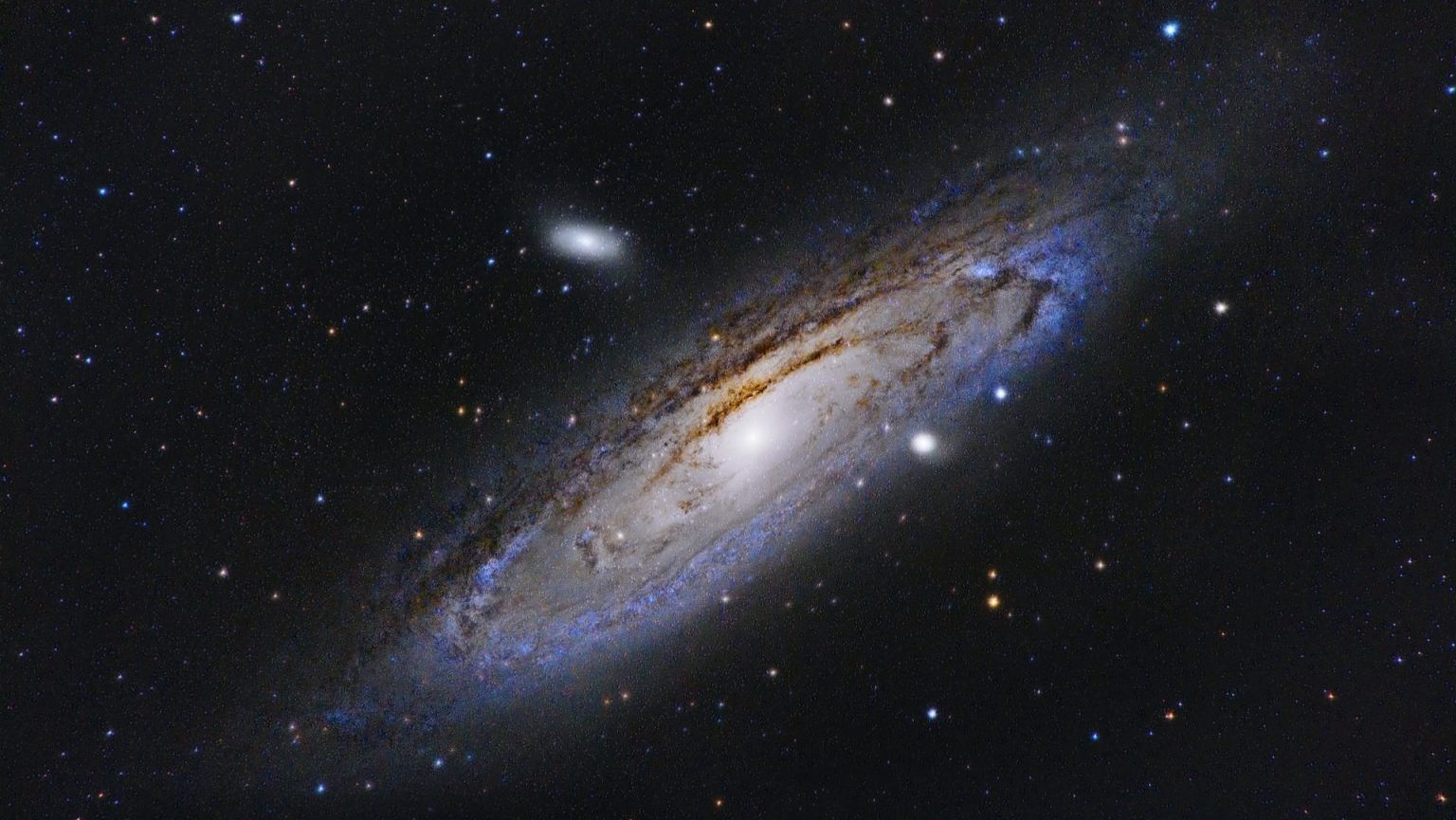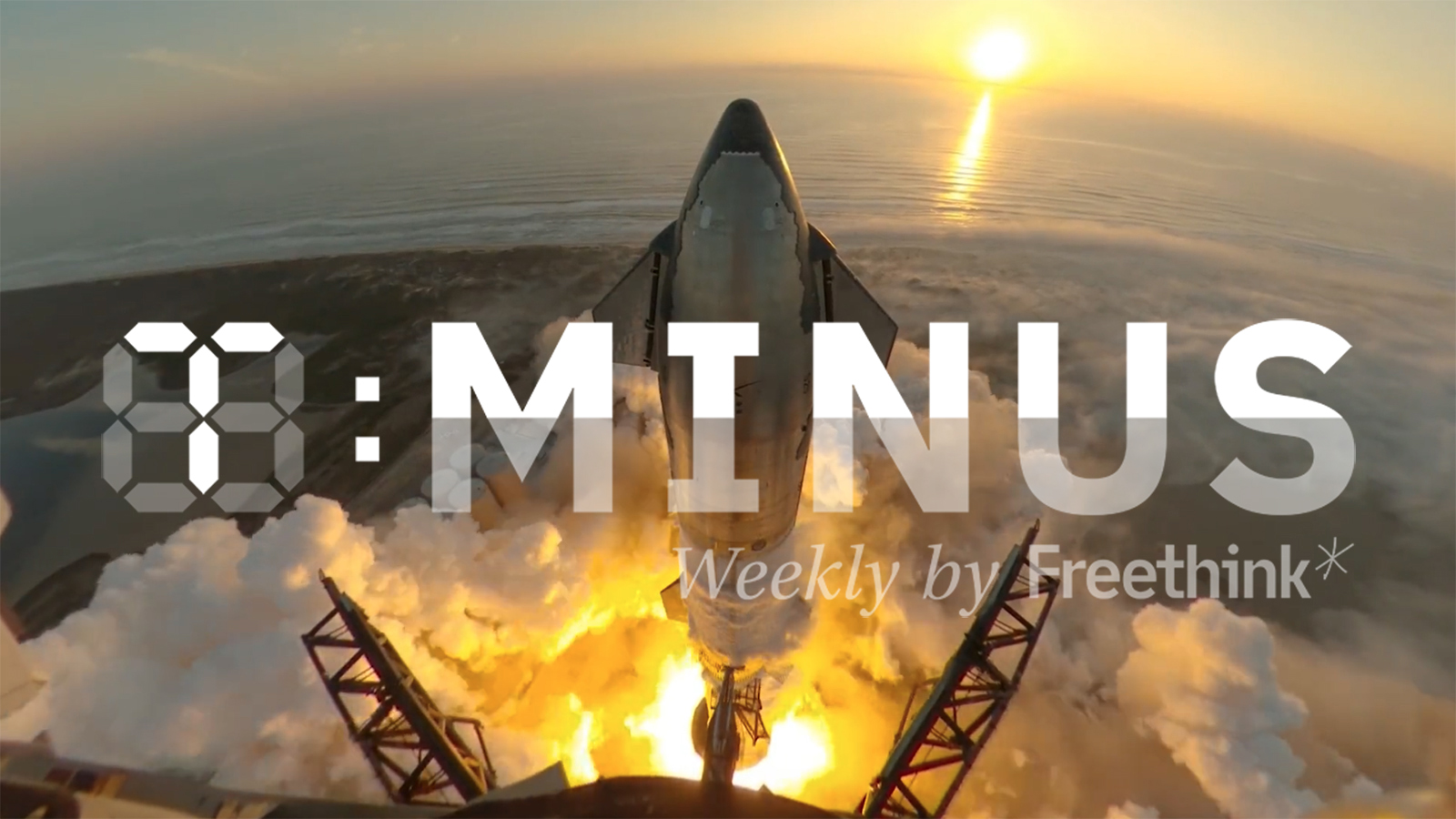Cutting science funding today costs us more overall

If you think federal funding for science is expensive, wait until you see the cost of not funding it.
“For me, it is far better to grasp the Universe as it really is than to persist in delusion, however satisfying and reassuring.” –Carl Sagan
How much money should we spend on funding our grandest scientific endeavors as a society? Should we be trying to send humans to Mars? Trying to cure cancer? Investigate the mysteries of deep space? Working to develop new vaccines? Monitoring our climate and weather to better predict natural disasters? These are all questions that many of us have opinions on, but that — at some point or another — federal funding has been used to help develop. What most of us don’t realize is that if the expected federal funding ever fails to come through, due to cuts, delays or even furloughs, every one of these projects becomes more expensive in the long run.
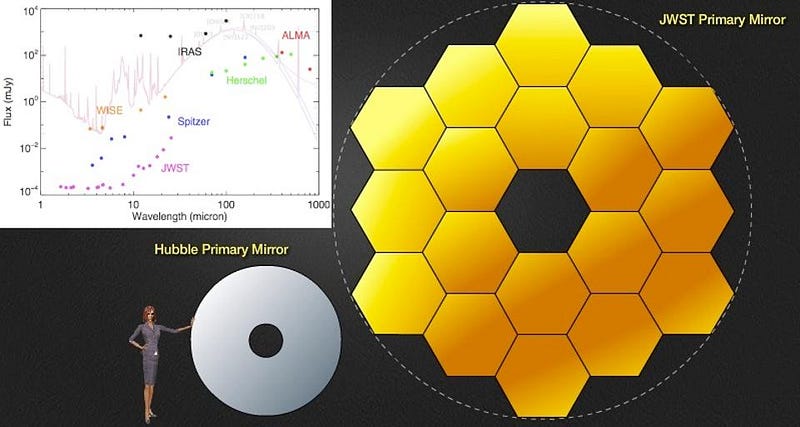
To understand this, we don’t have to look any further than NASA’s flagship mission of this decade: the James Webb Space Telescope. James Webb will be the greatest observatory ever launched into space, far exceeding the capabilities of even Hubble. It will be larger, it will be more sophisticated, it will have a longer wavelength range, and it will be capable of seeing deeper into the Universe than ever before. For the very first time, knowledge of the very first galaxies in the Universe will be revealed to humanity, as will knowledge of star formation, exoplanet properties, gas collapse and much, much more.
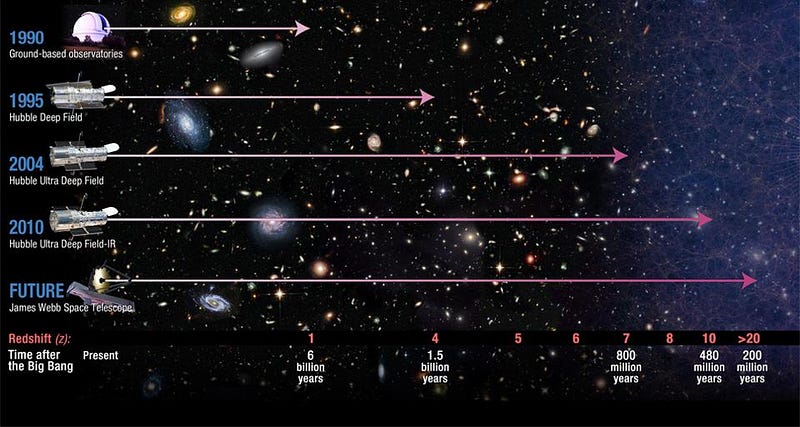
Yet it almost was killed after a large initial investment, and saving it required billions of dollars more because a few hundred million weren’t spent in a timely fashion. How could that be the case? The story is more relateable — and applicable to the proposed funding cuts in the budgets of many federally-funded organizations — than you might expect.
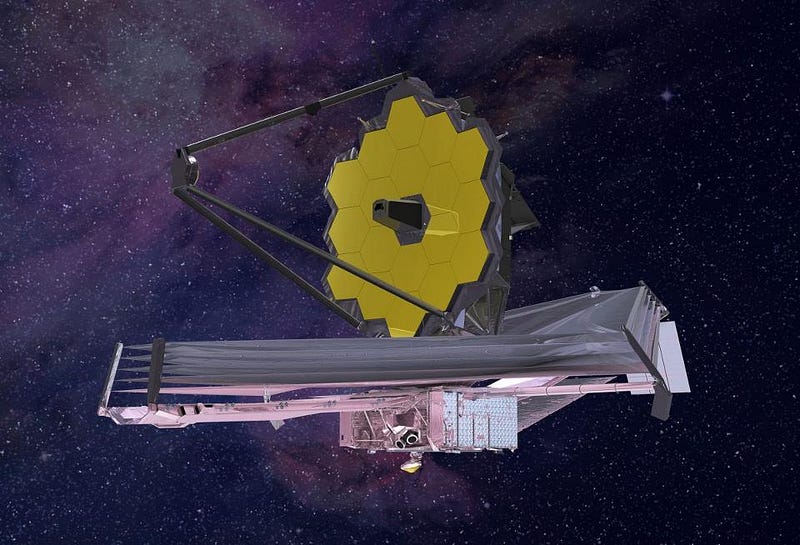
Originally billed as a $5.1 billion project, James Webb ran into funding difficulties back in 2011. I know about this in detail, because I helped break the true story behind what happened all those years ago. The work on James Webb began more than a decade ago, and it was always going to need a total of six things to complete and operate it:
- The Optical Telescope Element (OTE), which includes the 18 primary mirrors, the secondary and tertiary mirrors, and the supporting backplane.
- The Integrated Science Instrument Module, which contains the four major instruments of JWST, and is what makes use of the light gathered by the OTE.
- The Spacecraft Element, which includes the sunshield and the bus, which provides power, steering, and control over the spacecraft.
- Integration and testing of the components, because you’d better test that the pieces work properly with one another when they’re put together, not just separately on their own.
- The launch and deployment, and
- the cost of five years of human support and operation.
That original estimate only included the first five components, and was the lowest, most cost-conservative estimate possible. In other words, when things didn’t work exactly as planned on the first attempt, that same level of funding was no longer sufficient.
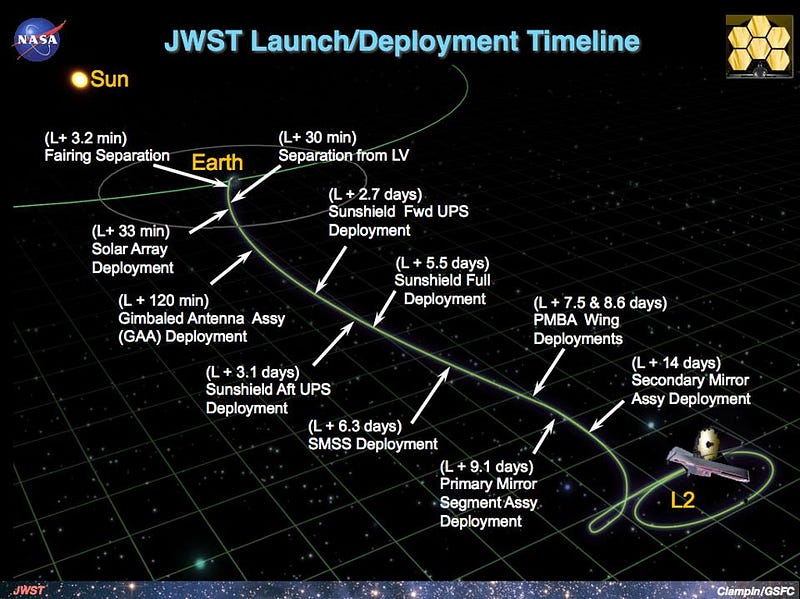
Yes, that’s undoubtedly a case of budget mismanagement, or at the very least a case of the business world’s biggest nightmare: when someone you’ve contracted has overpromised and underdelivered. The big question, however, is the one of how your leadership is going to respond when faced with that situation. The original goal was for a $5.1 billion budget and a 2014 launch date. What NASA requested — to keep the project as close to on schedule and as little over budget as possible — was for a total of $6.5 billion and to shoot for a 2015 launch date.
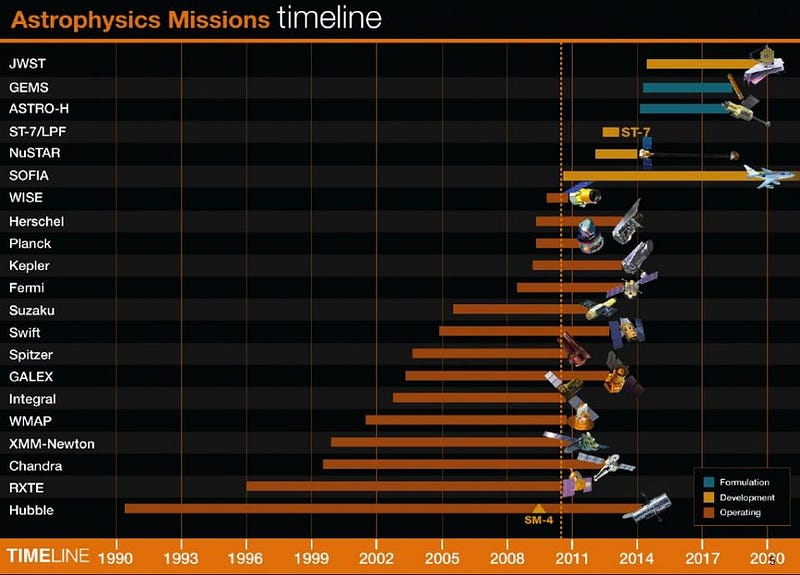
For those of you who’ve worked on large projects before, this might sound familiar: you should always build an extra margin — both for time and money — into your estimates. This is especially true when you’re trying to accomplish something that’s never been attempted before. In the case of James Webb, the teams of scientists and engineers working on this are realistically attempting to accomplish and integrate perhaps a dozen things, simultaneously, that had never been accomplished. A good rule of thumb in these situations is to build in a realistic margin, for both time and money, of approximately an extra 20% of your original estimate. That $6.5 billion figure, along with the extra year-and-a-half or so, was a retroactive attempt to do that.
You will notice, however, that it’s already 2017, that James Webb won’t launch until next year, and that if you add up its entire budget over the project lifetime, it comes in at a fantastic $8.7 billion. Now, some of that extra money is for the additional cost of human support and operation once the spacecraft launches, but that’s only around $800 million. But the majority of that extra cost — nearly $1.5 billion worth — came from a failure to continue funding the project on the schedule it was needed.
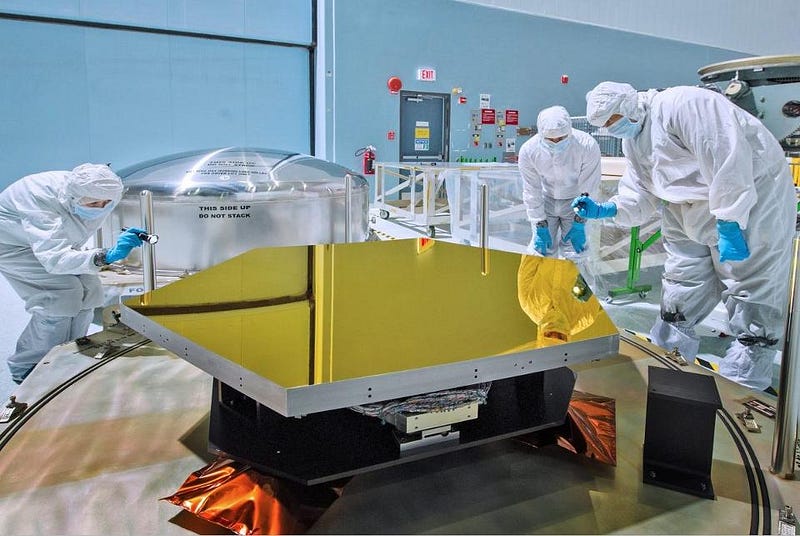
In a 2010, the Senate appropriations subcommittee responsible for the appropriations of funds to NASA undertook an Independent Comprehensive Review Panel investigation, finding that the project was mismanaged by failing to keep adequate cash reserves on hand. They also found, that to keep the 2015 launch date and the $6.5 billion budget (bold emphasis mine):
The ICRP conclusion was that the earliest JWST could be launched was late 2015 for a total cost of $6.5B of which $250M extra had to be provided in each of 2011 and 2012. They stated clearly that this was the earliest and cheapest way to launch JWST and any delay would result in a more expensive mission.
So when those extra funds — the funds necessary to complete the project to the needed quality in the least time and at the lowest cost possible — didn’t become available in 2011 or 2012, what happened?
The costs skyrocketed. It’s important to learn the lessons as to why. What makes the costs of a project that gets insufficiently funded or placed on hiatus rise so significantly? There’s a combination of factors, all of which are significant, and all of which are facing many, many scientific, health and related professions at risk of losing federal funding:
- When you lose funding, you have to lay off workers.
- Those laid-off workers are highly skilled and coveted, and have no problem finding jobs elsewhere. They don’t wait around for months (or years) hoping that their positions come back.
- Work on necessary components halts, and the equipment, infrastructure and expertise to complete those components gets lost.
- And in order to resume work on those components, new people need to be hired, trained, and brought up to speed as to the current status of the project.
The new workers will need to either continue someone else’s work without the benefit of their vision, thinking, leadership and expertise, or will have to simply start over from scratch.
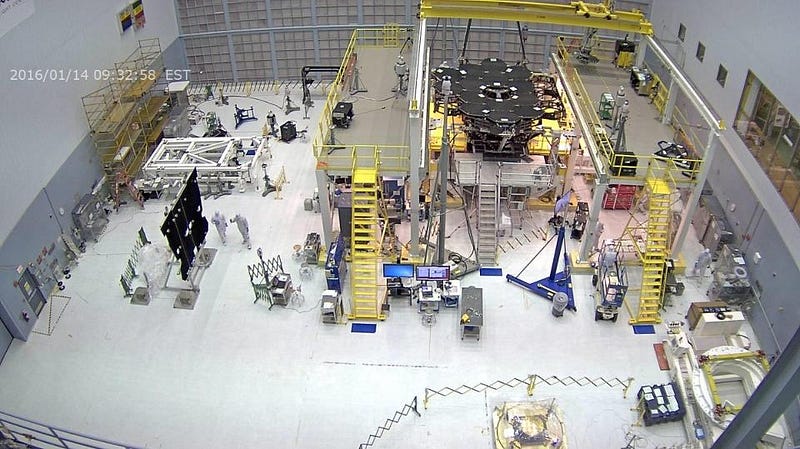
There are those who will look at this story and claim that James Webb should have been cancelled at the first sign of mismanagement, but as we near its launch, we have every reason to anticipate that it will succeed in a way that no observatory — not even Hubble — has before. As James Bullock argued for the project’s continued funding six years ago:
The price tag is large, but it needs to be viewed in context. Money invested in the Webb telescope creates jobs: master welders, electrical engineers and young astronomers. Though some of these jobs are of the hard-hat variety, this is not a bridge to nowhere; this is a bridge to the edge of the universe itself.
Since that time, the leadership of Scott Willoughby has kept James Webb on schedule and on budget, and the entire endeavor has been a model of exactly how to run a large-scale project such as this. But the biggest lessons to learn from this are the consequences of cutting funding to ongoing, long-term projects for the benefit of humanity.

How much money will we save by cutting funding to the EPA? To NASA Earth Science? To the National Institutes for Health? Take all those numbers for all those organizations that the proposed federal budget would slash and add them up. Now, do the math on the other side. What’s the cost of environmental pollution? Of unclean, unsafe water? Of air that puts us at risk of health problems like asthma, lung disease and COPD? Of a loss of Earth monitoring for extreme weather, climate change, sea level rise, droughts, and natural disasters? Of the cessation of medical research, working to fight preventable diseases, and working to cure some of society’s greatest afflictions such as cancer, heart disease, alzheimers and more?

Yes, it’s a shame for the individual scientists who will see their positions eliminated. Most of them are not only losing their jobs, but are seeing the elimination of the very existence of the positions they value so greatly in our society. But these scientists are among the best and brightest our nation has to offer, and will have little trouble finding employment and successful lives. The greater loss is America’s, and the world’s. We are witnessing our leaders choose the less successful path for the general welfare of our nation, and from an economic viewpoint, we are costing ourselves more in the long run. If you value the lessons that science and history have taught us, you’ll advocate for a greater, smarter America, for today and for our future.
This post first appeared at Forbes, and is brought to you ad-free by our Patreon supporters. Comment on our forum, & buy our first book: Beyond The Galaxy!

